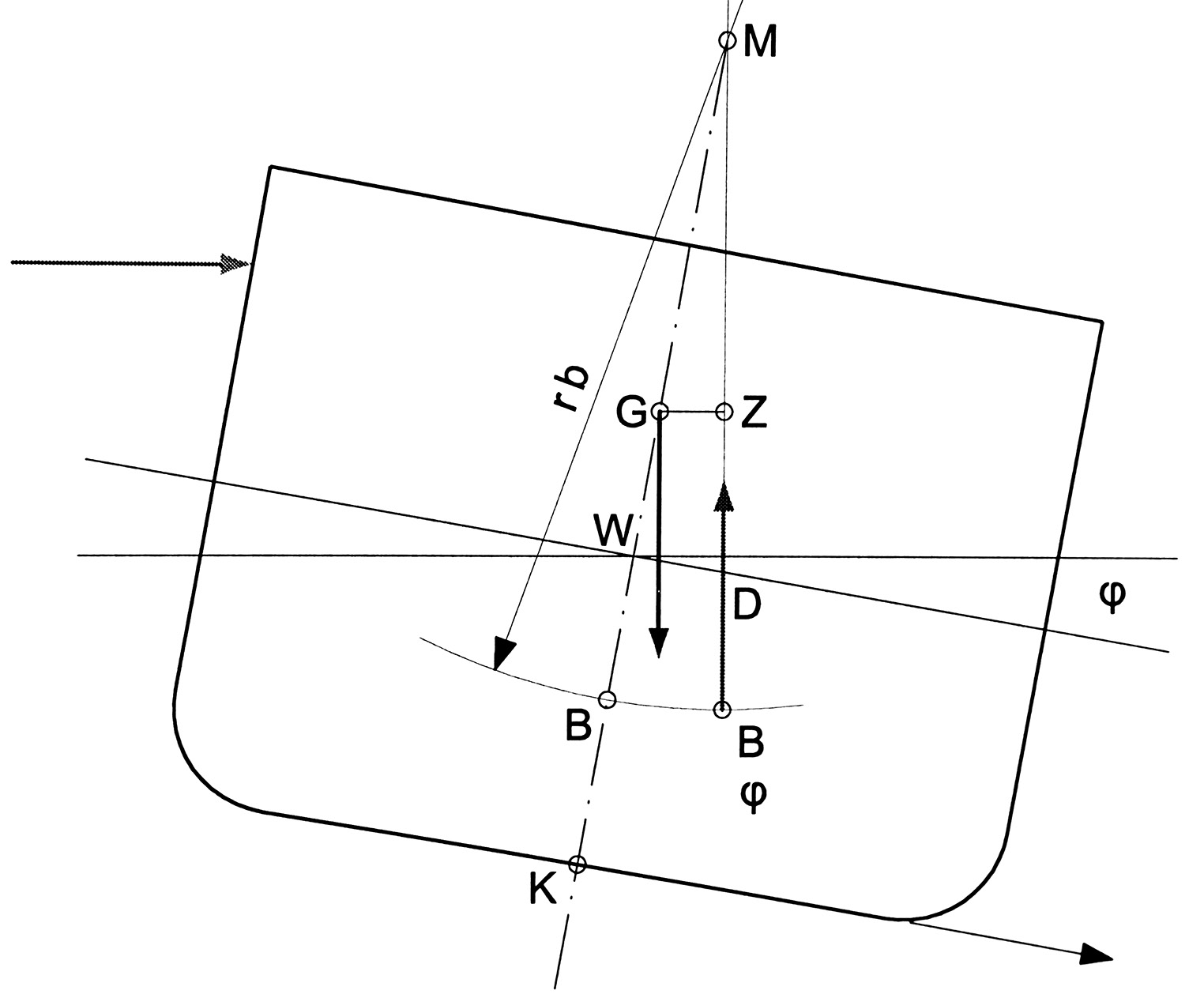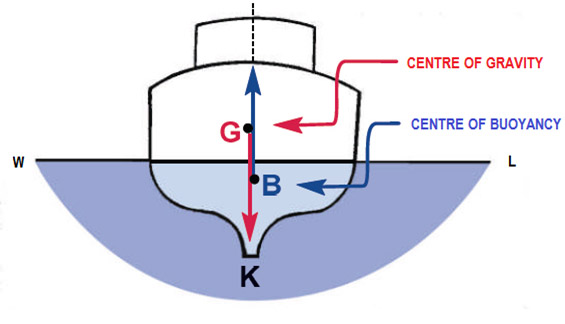The Block Coefficient (C_B) is an important parameter in naval architecture used to describe the fullness or blockiness of a ship's hull. It is a dimensionless value that is calculated to assess how efficiently a ship's hull shape displaces water.
Here's a more detailed explanation of the Block Coefficient (C_B):
Definition: The Block Coefficient (C_B) is a ratio that represents the volume of a ship's underwater hull shape in relation to a rectangular block with the same length (L), breadth (B), and draft (T). In other words, it quantifies the "fullness" or "blockiness" of the hull.
Calculation: C_B is calculated using the formula:
C_B = (Displacement) / (L * B * T)
Where:
- Displacement is the weight of the water displaced by the ship, which is essentially the weight of the ship itself.
- L is the length between perpendiculars (typically, the length from the bow to the stern, excluding overhangs).
- B is the maximum breadth of the ship.
- T is the draft (the depth from the waterline to the keel).
Interpretation: The Block Coefficient can vary from 0 to 1, and its value provides insights into the hull shape and buoyancy distribution:
- A C_B value close to 1 indicates a very full or blocky hull with a high volume relative to its dimensions. Ships with high C_B values are often cargo vessels.
- A C_B value closer to 0 suggests a hull with less fullness or more streamlined shape. This is often the case with fast vessels like racing yachts.
- A C_B of approximately 0.6 to 0.7 is typical for many general-purpose ships, including many passenger vessels and some cargo ships.
Significance: The Block Coefficient is important in ship design and naval architecture because it impacts various aspects of a ship's performance, including its hydrodynamic efficiency, resistance to motion through water, stability, and capacity for carrying cargo. Designers must carefully consider the C_B value to optimize a ship's performance for its intended purpose.
In summary, the Block Coefficient (C_B) is a dimensionless parameter used in naval architecture to describe the fullness or blockiness of a ship's hull. It is a critical factor in designing and optimizing ships for various applications, and its value provides insights into a ship's hydrodynamic characteristics.












